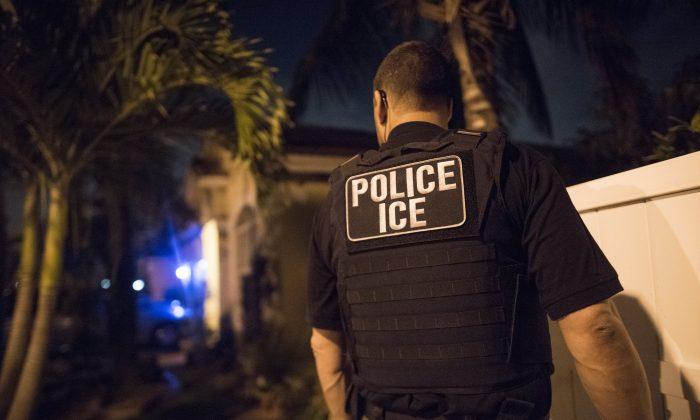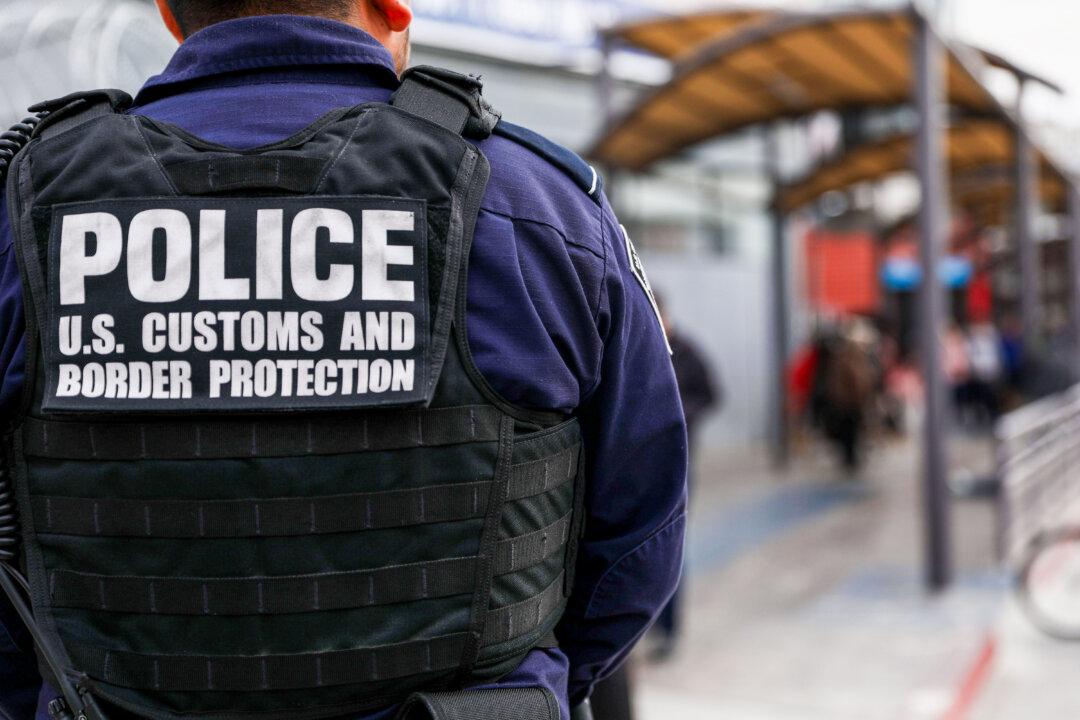“Due to the COVID-19 pandemic, in March 2020, ICE ERO temporarily adjusted its enforcement posture to narrowly focus enforcement efforts on public safety risks and individuals subject to mandatory detention based on criminal grounds,” the agency said.
Although ERO officers have continued to perform their duties amid the pandemic, their enforcement actions were “slowed sharply” for several months during the spring and summer, ICE said.
The agency also reported the deportation of 185,884 illegal immigrants, a 30 percent decrease from fiscal year 2019. This includes 62,739 individuals unlawfully living in the United States, and 123,145 individuals apprehended at the border while attempting to illegally enter the United States.
Among the individuals deported by ICE were 4,276 known or suspected gang members, and 31 known or suspected terrorists, the report said.
According to the agency, the overall deportation number fell because of, among other reasons, “much lower numbers” of illegal immigrants arriving at the Southwest border, a temporary decrease in ERO enforcement actions within the interior of the country, and that a number of countries were “reluctant” to take their nationals back during the early days of the pandemic.
In an effort to curb the spread of the CCP virus in detention facilities, ICE assembled a team of medical professionals, disease control specialists, detention experts, and field operators to devise enhanced strategies. ICE said the team has reduced the population of detainees and aimed to keep the population below 70 percent.
Medical, dental, and public health services for 99,670 detainees across the nation cost ICE $315 million this fiscal year, according to the report. From March through August 2020, ICE’s detained population decreased by 44 percent, and by the end of September 2020, the detained population stood at just 19,068, a 63 percent drop from that of September 2019.





